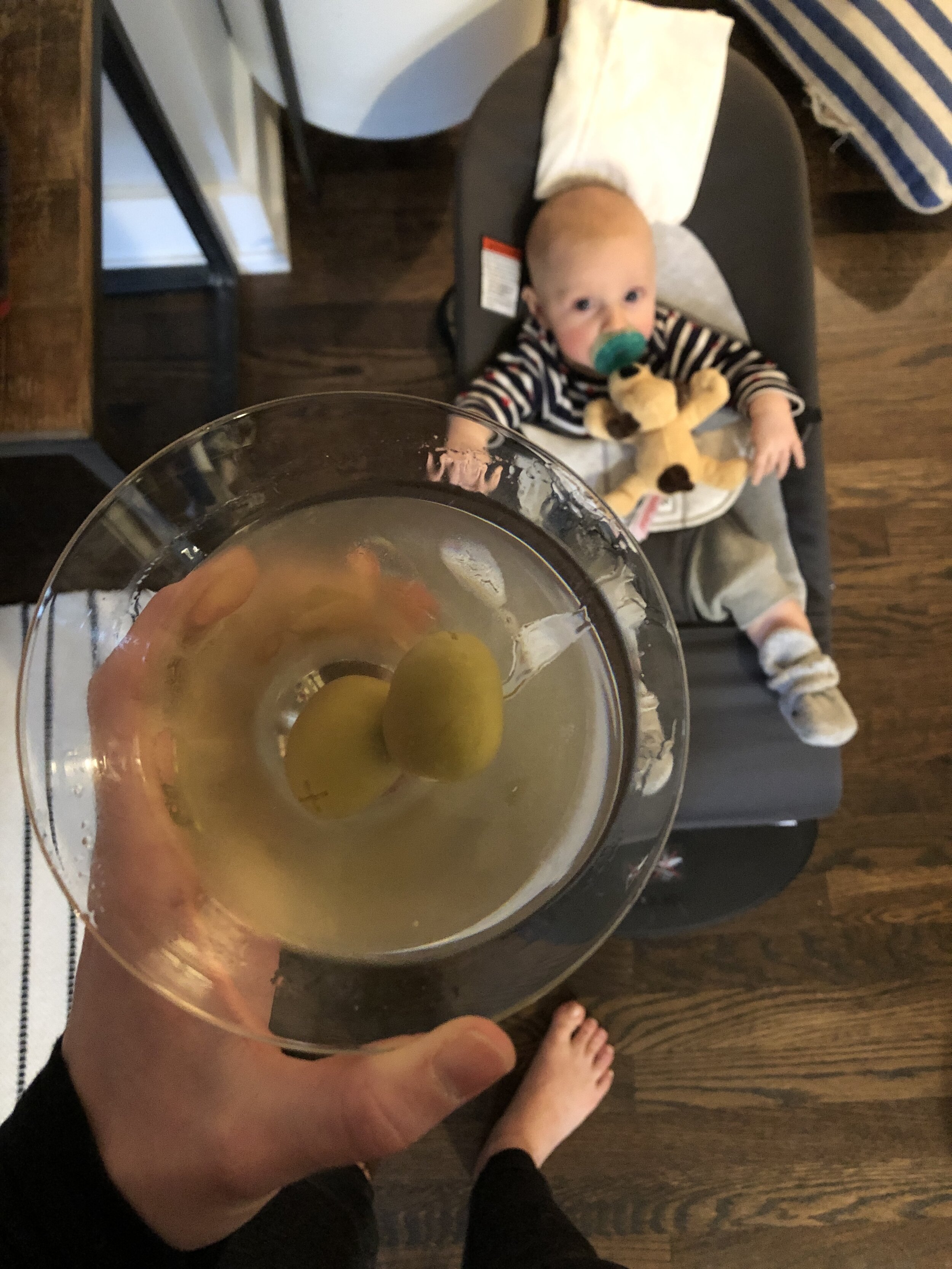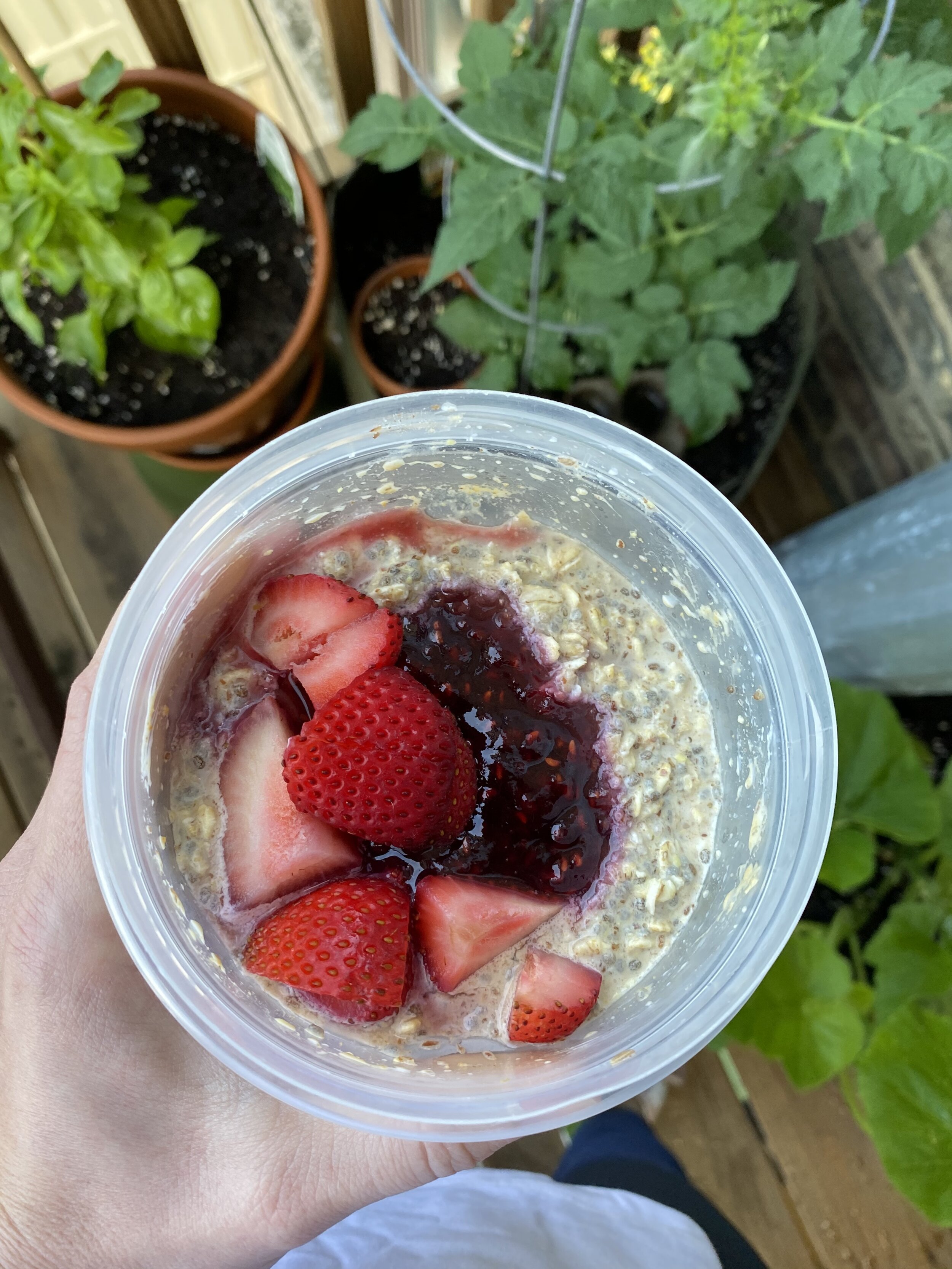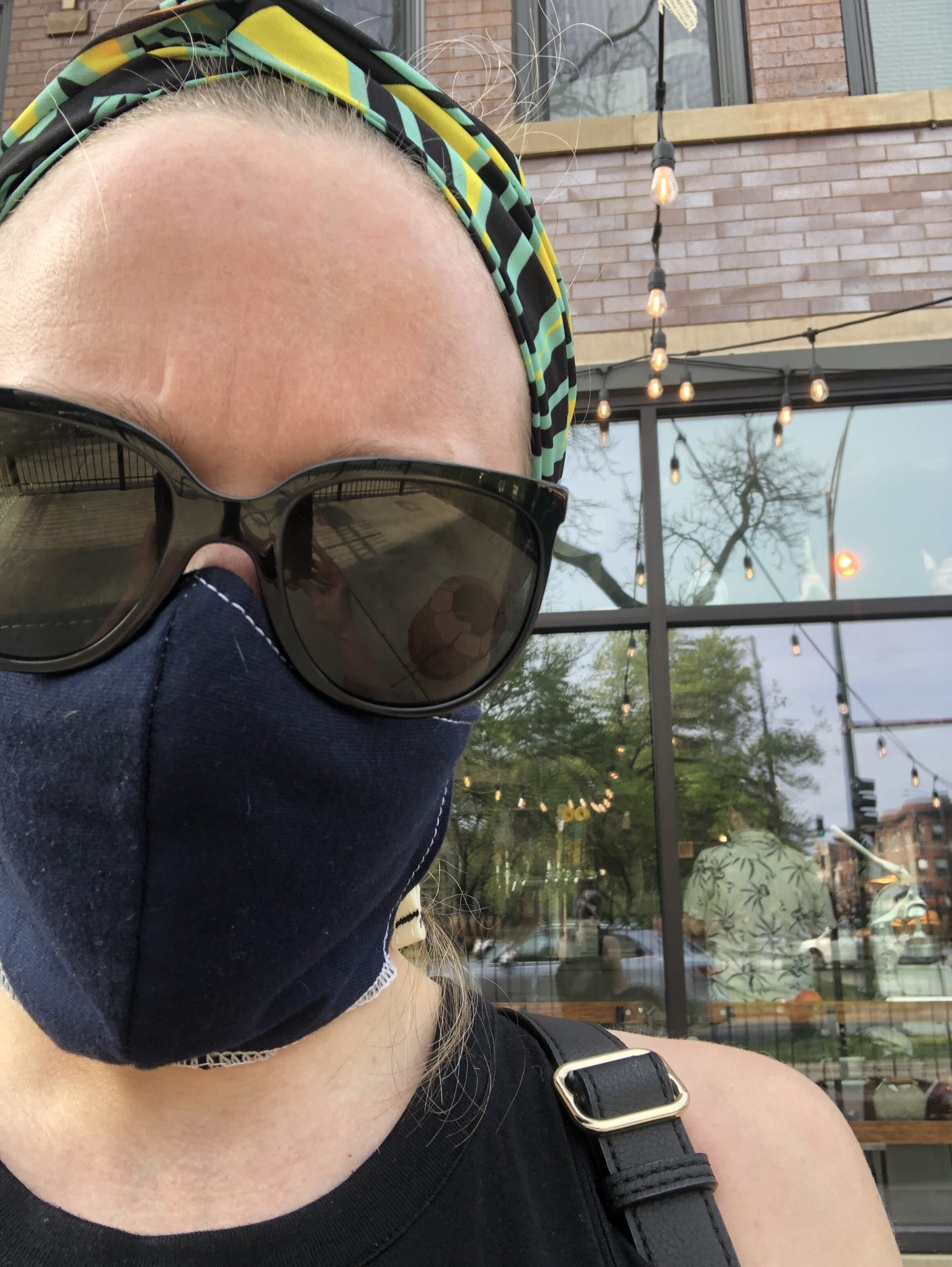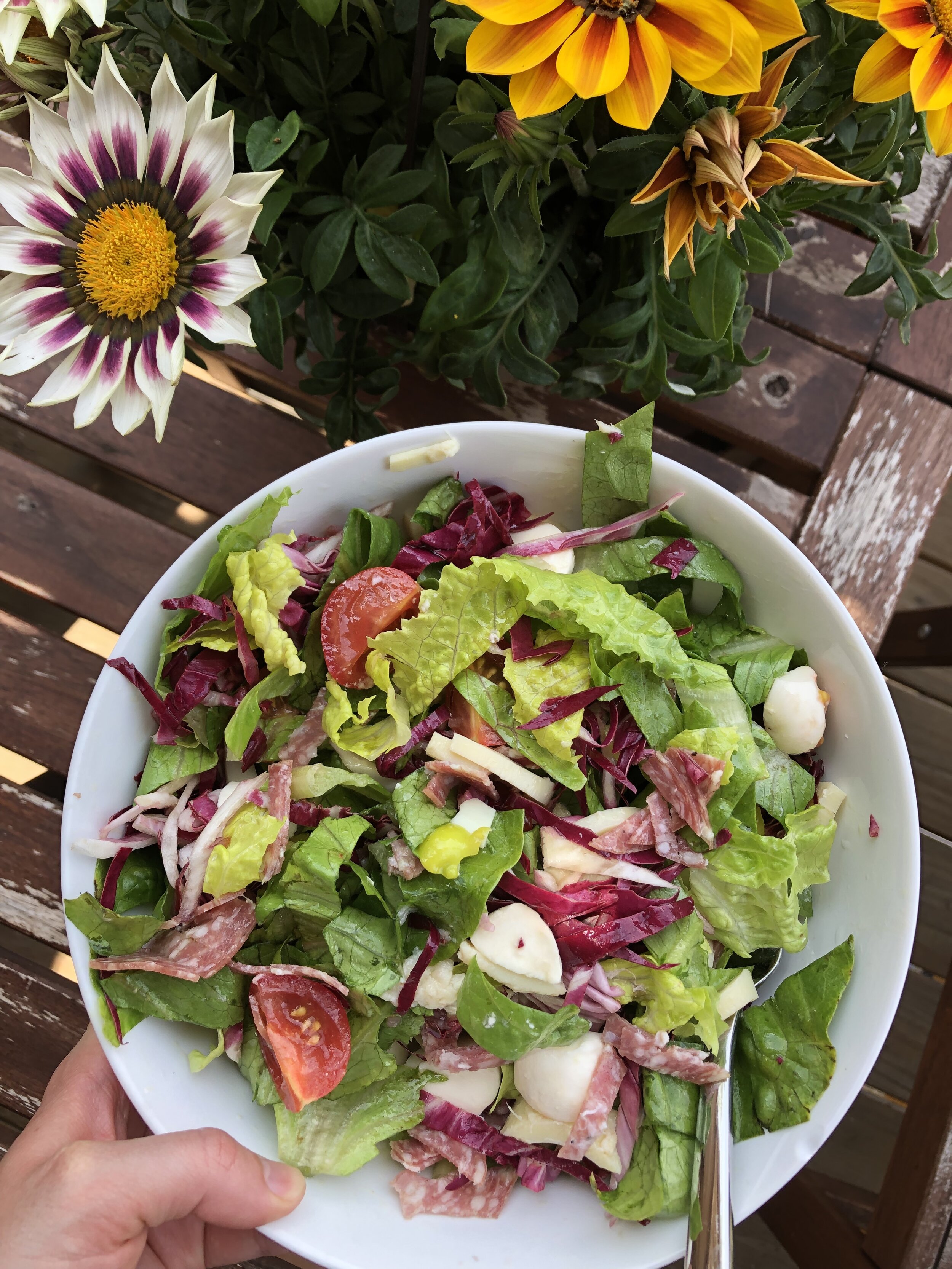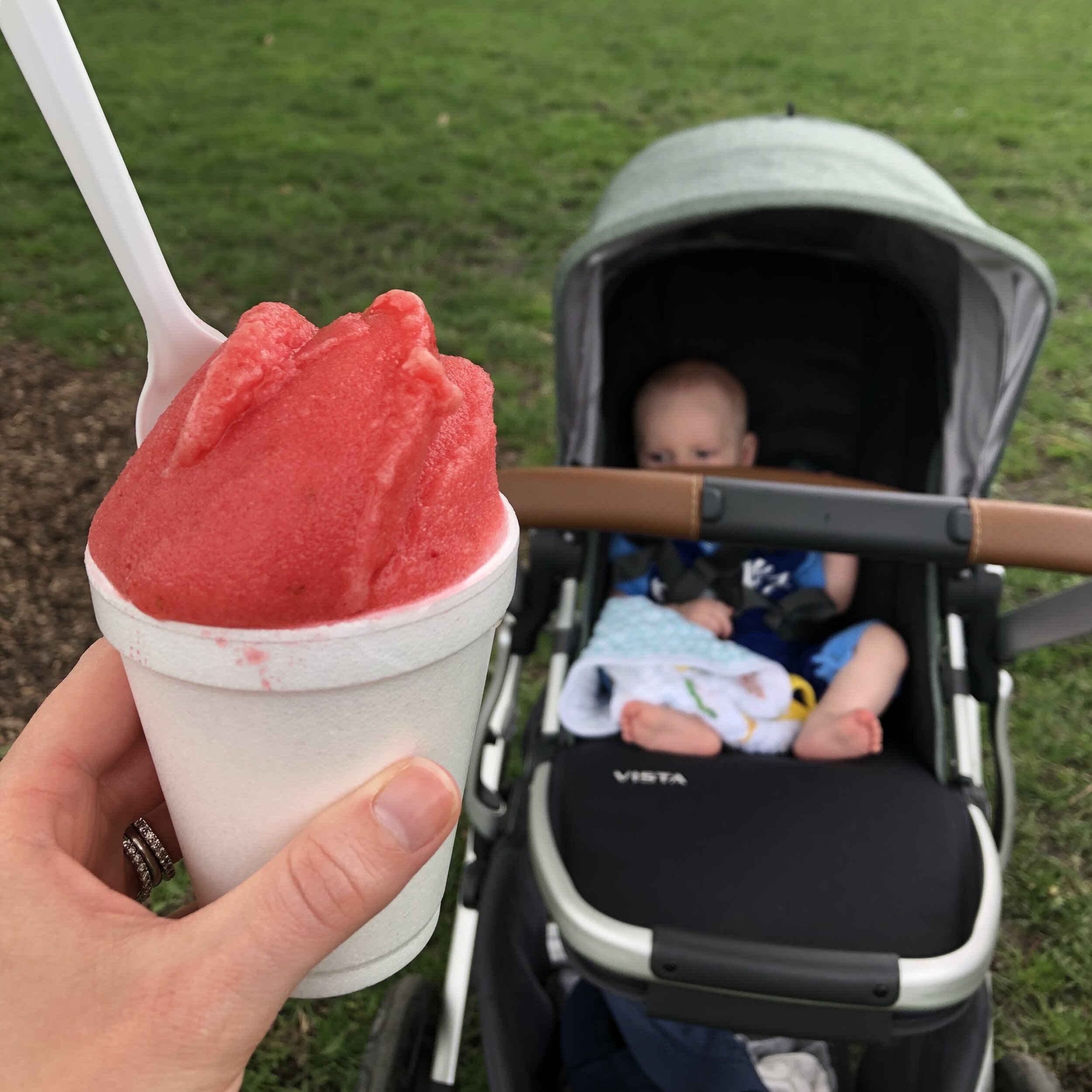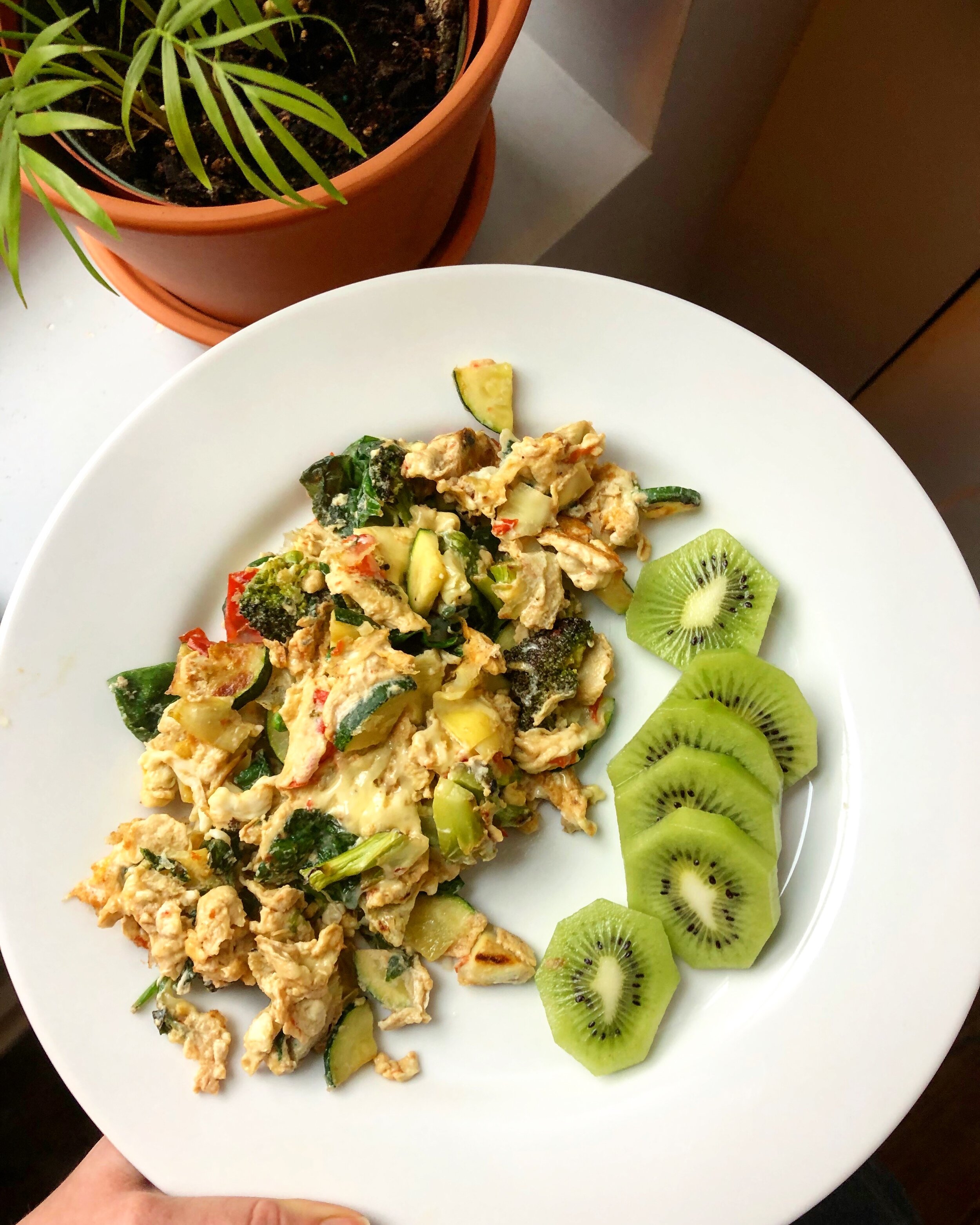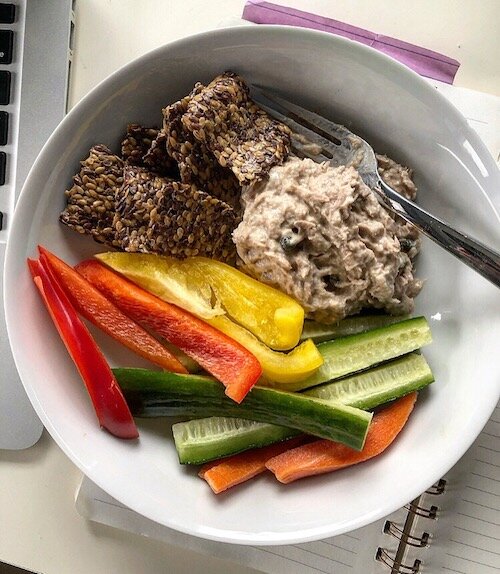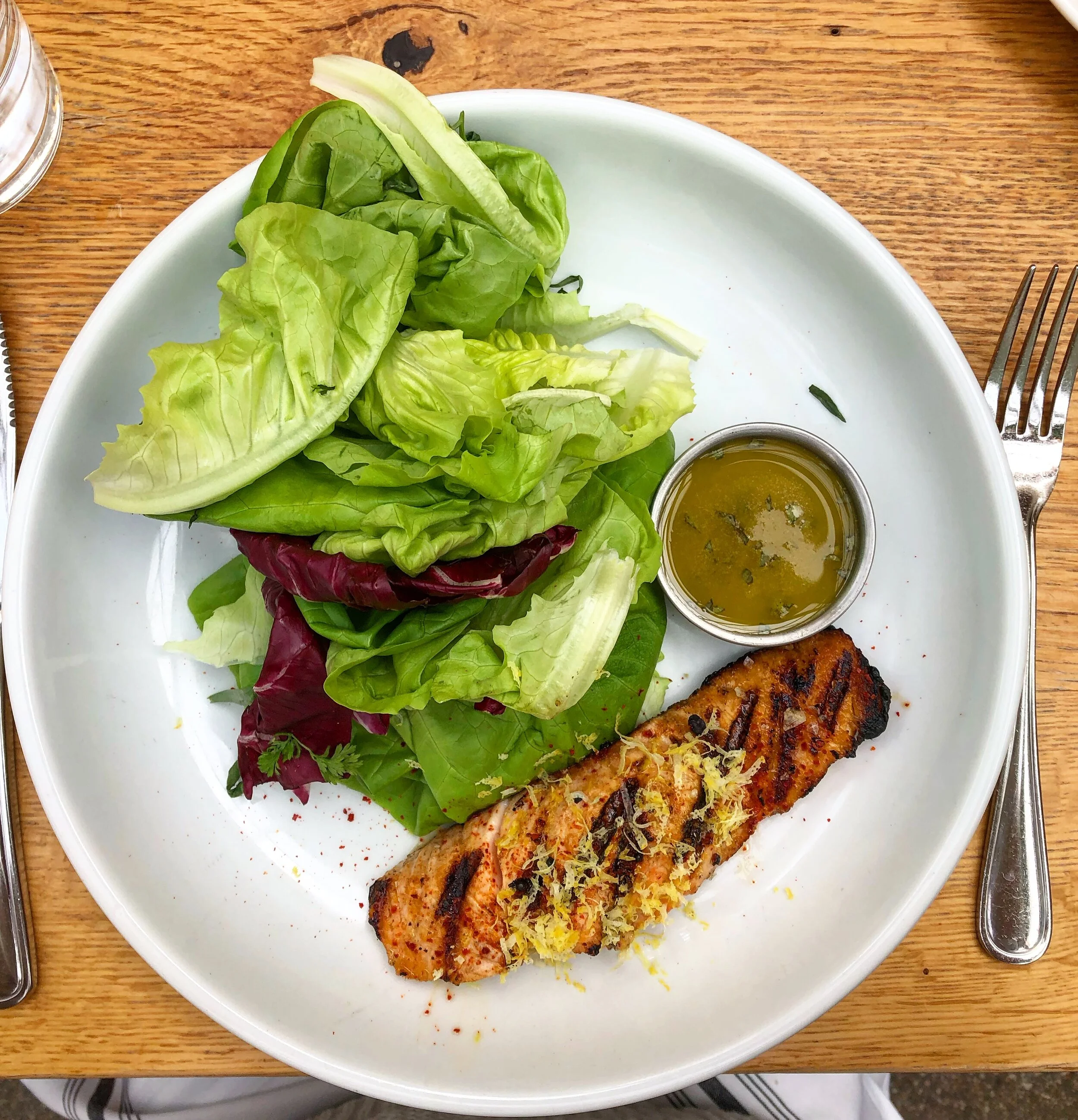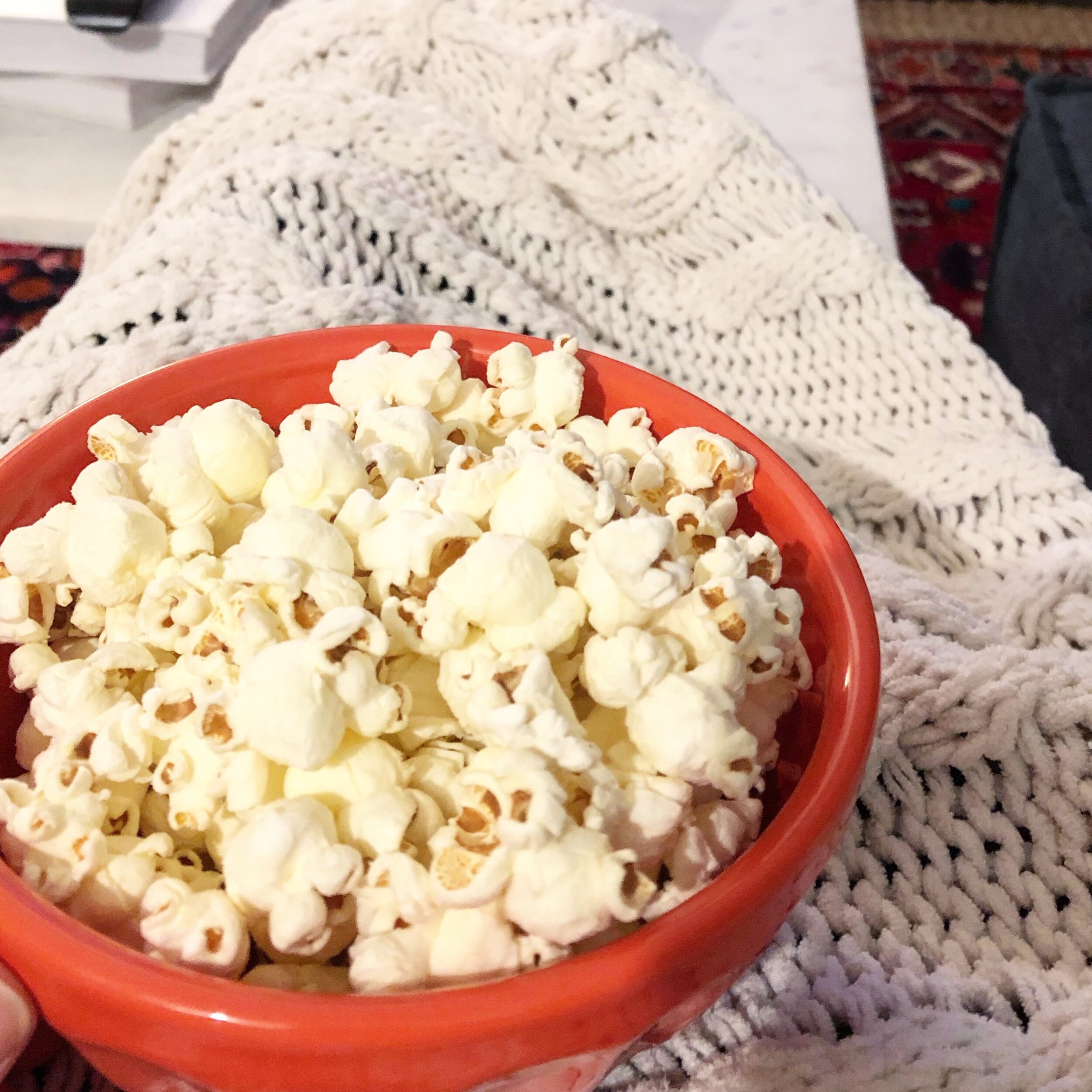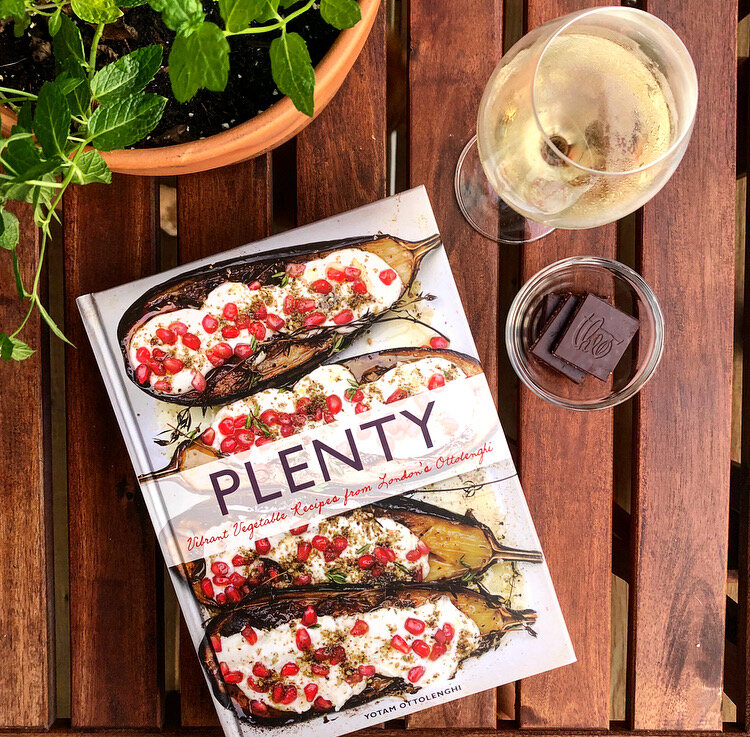How my Experience with the Low FODMAP Diet Has Helped Me During the Pandemic
The low FODMAP diet is designed to identify food triggers for the uncomfortable symptoms associated with IBS, but going through the 3-step process can teach so much more.
Throughout my own seasons of life I have seen the ways in which going through the process years ago has benefitted me, and the changes to day-to-day life that came along with the COVID-19 pandemic were no exception. Here are five things I learned from my experience with the low FODMAP diet that have helped me over the past few months:
Have a Plan
For success with a dietary experiment like the low FODMAP diet, you must have a plan. I see my role with my clients as one of an educator, guide and cheerleader throughout the process. We talk about an appropriate time to start, how to prepare at home, and, most importantly, what to eat.
Meal planning is essential for those starting out on an elimination diet, but it’s also a great practice for avoiding food waste, spending less money on groceries, and saving time and energy throughout the week. Think about it once, make a shopping list, and feel prepared for the week ahead.
During the past few months we’ve had to change our cadence with grocery shopping to adhere to the changing protocols in Chicago, so meal planning has helped with some feelings of normalcy. Here’s what I consider before shopping:
I start by thinking about dinner. I come up with three or four dinners for the week with different protein sources and veggies. One or two may be a new recipe, and the others are usually tried-and-true favorites or something that can be made from the pantry.
From there, I think about how I can use leftovers from those dinners for lunches. Often times, that will just be reheating, but other times it’s repurposing tacos into a taco salad or using leftover cooked veggies in an omelet.
When it comes to breakfast, we keep it simple with a rotation of Greek yogurt parfaits, oatmeal and eggs and vary the preparation based on the season.
Keeping a well-stocked freezer and pantry also helps bring meals together quickly!
Keep it Simple to Start
The low FODMAP diet can be overwhelming at the start. There are a lot of common foods to avoid as you work to understand your trigger foods, and it can feel like a completely new way of eating. The first few days (or weeks) may look like this:
Breakfast: scrambled eggs + half cup of low FODMAP fruit OR oatmeal with half of a banana and lactose-free milk
Lunch: Homemade tuna salad and wheat-free crackers OR a turkey sandwich on sourdough bread (plus cut veggies with either!)
Dinner: Salmon with a simple green salad OR a low FODMAP stir fry
Simple meals that included a balance of carbohydrates, protein and fat like these were also essential for us during the initial stay-at-home phase of COVID-19 when our trips to the grocery store were limited. We ate a lot of overnight oats, salads or bento box/snack plates for lunch and simple dinners (like these Chicken Lettuce Wraps) with nothing more than a protein source and a veggie.
Bottom line: Food doesn’t have to be complicated to taste good! Stick to in-season fruits and veggies and high-quality proteins for flavorful meals with less work.
Get Creative with What you Have
When you are limiting your food options (or grocery trips), you also learn to get creative with what you have! I have found that the simpler the preparation, the more options you have for repurposing in other meals. Here are some ways I have been able to great creative with low FODMAP foods:
Take one basic recipe and vary it! My overnight oats recipe is one that I love because there are so many options for toppings!
Cook one protein and eat it throughout the week in different meals. I love to make a big batch of shredded chicken in the crock pot and then have it to eat throughout the week for salads, tacos, soups and more.
Think about different uses at different meals and whether or not a food can be used in sweet and savory recipes. A can of pumpkin can be used for lots of things from smoothies to snacks!
Don’t Forget Fiber
The importance of fiber for digestive health and regularity is well-known, and maintaining regularity with a consistent intake of fiber during stressful times is important to avoid an increase in your symptoms. During the low FODMAP diet process, it is important to map fiber needs to your specific symptoms (which a dietitian can help with!), and finding fiber-full foods that you can make a habit of eating is the best way to keep your intake consistent– even when everything else feels like it’s changing.
Here are some ways I regularly include fiber in meals:
Boosting overnight oats and smoothies with chia seeds
Keeping higher fiber fruit, like berries, on hand– even if that means frozen!
Buying easy-to-eat veggies to add to a bento box lunch or grab for a snack (think mini peppers, baby carrots, Persian cucumbers, cherry tomatoes, etc.)
Stocking the pantry with whole grains like oats, quinoa and brown rice that can be cooked in larger batches, or using something like Trader Joe’s frozen, pre-cooked brown rice packets in a recipe like my “better than takeout” fried rice (this is my most popular recipe!)
Including plant-based meals in our weekly rotation
Include treats
Food is definitely one of my love languages, and I whole heartedly believe in including food that makes you feel good in your diet. What is considered a “treat” may vary from person to person, but here are a few things (low in FODMAPs) that I enjoy:
Homemade air-popped pop corn with parmesan and truffle salt
Theo dark chocolate squares
A glass of wine
A snack board with really good cheese
